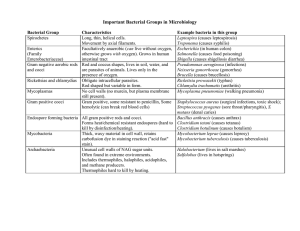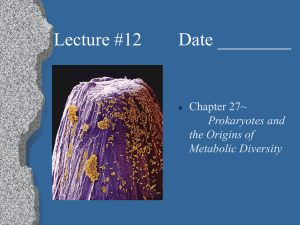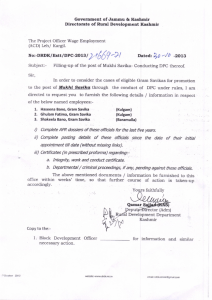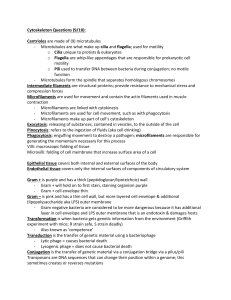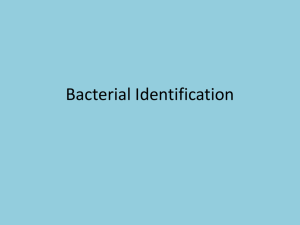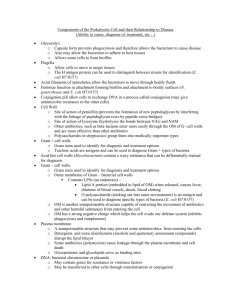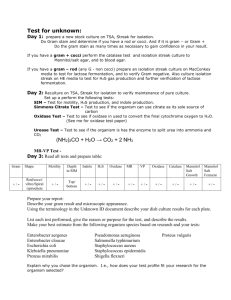BIO 103 Study Guide Laboratory Exam II
advertisement
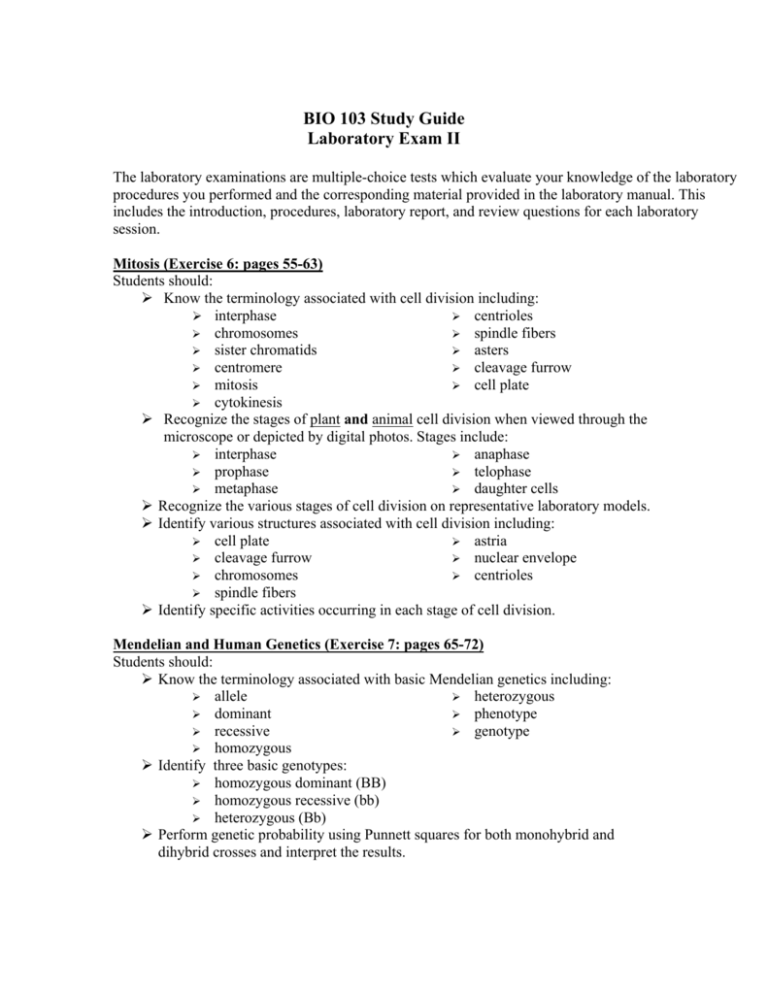
BIO 103 Study Guide Laboratory Exam II The laboratory examinations are multiple-choice tests which evaluate your knowledge of the laboratory procedures you performed and the corresponding material provided in the laboratory manual. This includes the introduction, procedures, laboratory report, and review questions for each laboratory session. Mitosis (Exercise 6: pages 55-63) Students should: ¾ Know the terminology associated with cell division including: ¾ interphase ¾ centrioles ¾ chromosomes ¾ spindle fibers ¾ sister chromatids ¾ asters ¾ centromere ¾ cleavage furrow ¾ mitosis ¾ cell plate ¾ cytokinesis ¾ Recognize the stages of plant and animal cell division when viewed through the microscope or depicted by digital photos. Stages include: ¾ interphase ¾ anaphase ¾ prophase ¾ telophase ¾ metaphase ¾ daughter cells ¾ Recognize the various stages of cell division on representative laboratory models. ¾ Identify various structures associated with cell division including: ¾ cell plate ¾ astria ¾ cleavage furrow ¾ nuclear envelope ¾ chromosomes ¾ centrioles ¾ spindle fibers ¾ Identify specific activities occurring in each stage of cell division. Mendelian and Human Genetics (Exercise 7: pages 65-72) Students should: ¾ Know the terminology associated with basic Mendelian genetics including: ¾ allele ¾ heterozygous ¾ dominant ¾ phenotype ¾ recessive ¾ genotype ¾ homozygous ¾ Identify three basic genotypes: ¾ homozygous dominant (BB) ¾ homozygous recessive (bb) ¾ heterozygous (Bb) ¾ Perform genetic probability using Punnett squares for both monohybrid and dihybrid crosses and interpret the results. Bacteria (Exercise 8: pages 73-85) Students should: ¾ Differentiate bacteria by their Gram stain reaction and morphology: ¾ Gram positive cocci ¾ Gram negative bacilli ¾ Gram negative cocci ¾ spirilla ¾ Gram positive bacilli ¾ Recognize the cyanobacteria, Nostoc and Oscillatoria. ¾ Distinguish prokaryotic cells based upon their characteristics and identify the prokaryotic cells in this laboratory session. Kingdom Protista (Exercise 9: pages 87-100) Students should: ¾ Identify the following protists, structures, and related information: ¾ Amoeba (identify pseudopodia) ¾ Paramecium (differentiate between conjugation or fission; identify cilia) ¾ Trypanosoma (know associated diseases and vectors of transmission) ¾ Plasmodium (know associated disease and vector of transmission) ¾ Spirogyra (identify chloroplasts and conjugation tube, if present) ¾ Volvox (daughter colonies) ¾ diatoms ¾ Euglena ¾ Ulva (identify this as an example of a green algae) ¾ brown algae (know specific variety) ¾ red algae (know specific variety) ¾ Differentiate between binary fission (asexual reproduction) and conjugation (sexual reproduction). ¾ Identify the eukaryotic cells in this laboratory session.
